In West Kowloon, 100 Reclaimed Acres Have Become Hong Kong’s Cultural Heart
The sun was shining as I joined hundreds of Hong Kongers and fellow travelers in the West Kowloon Cultural District. Museum- and theater-hoppers were taking a break between exhibitions to walk the district’s winding footpaths and relish the smell of the ocean. Families gathered around take-out picnics on the lawn, office workers chatted at colorful umbrella tables, and tourists congregated along the waterfront to photograph sparkling Victoria Harbour and the city’s mighty skyscrapers.
Just a few decades ago, the land that makes up West Kowloon didn’t exist. In 1990, the Hong Kong government undertook a massive redevelopment project to reclaim 840 acres of land from the South China Sea. Nearly 100 of those acres became the West Kowloon Cultural District.
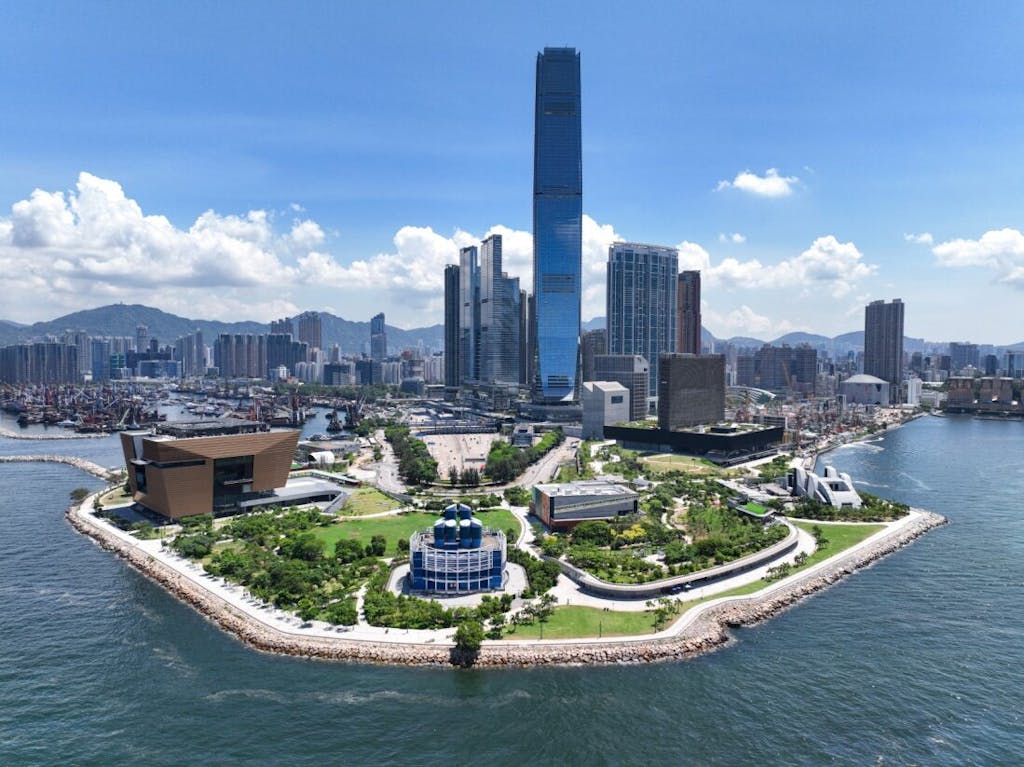
From the beginning, Hong Kong’s planned to fill its new district with a cluster of leading-edge cultural venues, part of a plan to retain in the 21st century Hong Kong’s status as Asia’s most visited city.
Nearly 35 years later, the West Kowloon Cultural District is thriving. The nearly square-shaped peninsula claims almost 17 galleries and performance spaces (the Lyric Theatre Complex will be completed in 2025), including displays of historical Chinese artifacts to experimental theaters.
The neighborhood houses nearly as many new restaurants, cafes and bars. And its location just west of downtown Hong Kong — an easy walk from high-end shopping on Canton Road, the Ocean Terminal cruise ship dock, and a busy water taxi terminal — makes the West Kowloon Cultural District a natural addition to a vacation itineraries.
Museum must-sees
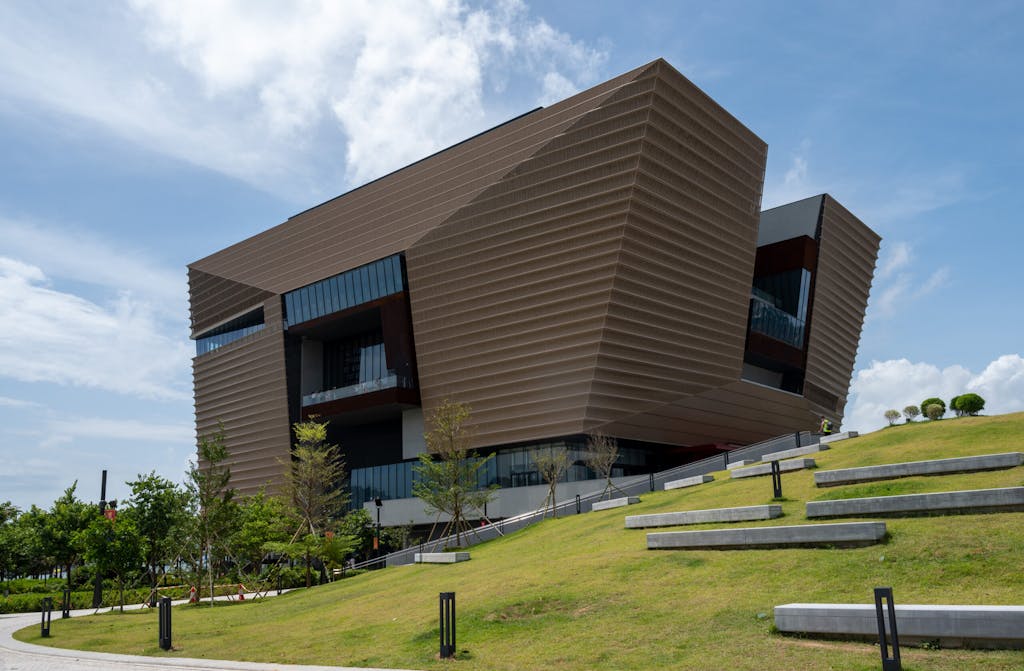
My first stop in West Kowloon was the Hong Kong Palace Museum, an angular structure clad in a shimmering golden shell. This new institution leans deeply into Hong Kong’s Chinese heritage, showcasing a rotating collection of 900 artifacts from the Forbidden City’s Palace Museum in Beijing.
Gem-toned pen-and-ink illustrations and extravagantly embroidered silk robes recount courtly life in 15th century Beijing. Jade vessels and glittering jewel-studded decorative objects reveal the dynasty’s wealth and patronage of the arts.
Besides the imperial artifacts, the Hong Kong Palace Museum features several contemporary exhibitions. One gallery displays the works of modern-day artists inspired by the practices of ancient Chinese crafters. Another considers Hong Kong’s history as a center for Chinese art collectors. On the day of my visit, one temporary exhibition focused on 3,000-year-old archaeological relics from Sichuan, and another displayed European masterpieces from the National Gallery in London.
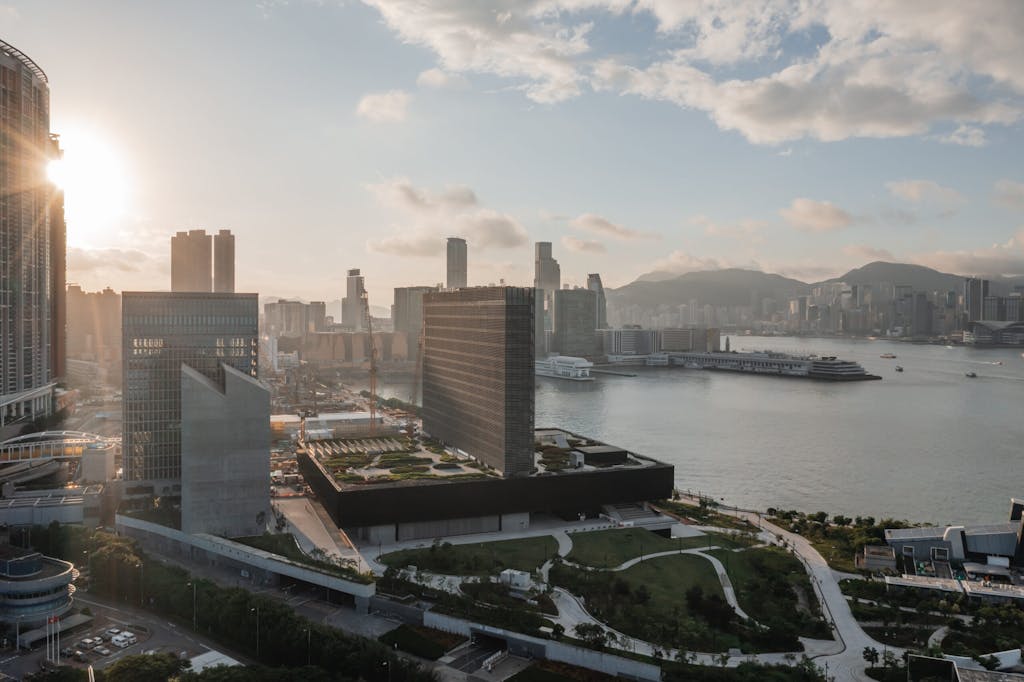
Authority
Nearby, the M+ museum’s 33 galleries are filled with visual arts: paintings, film, fashion and more. I learned about Madame Song, a legendary Chinese actress and artist of the 1980s and ’90s, in an exhibition of the dresses she designed. I walked through “Dots Obsession,” a retrospective of the works of Japanese installation artist Yayoi Kusama.
M+ may be the rare example of a museum that is nearly as much fun after hours as it is when it’s open. After dark, M+’s collection of vintage Hong Kong neon street signs lights up, their colorful Chinese characters aglow behind glass walls. And the 18-story M+ Facade transforms into an LED display after dark, showing art film clips I could enjoy from my hotel room across Victoria Harbour.
Chinese opera and theater visits
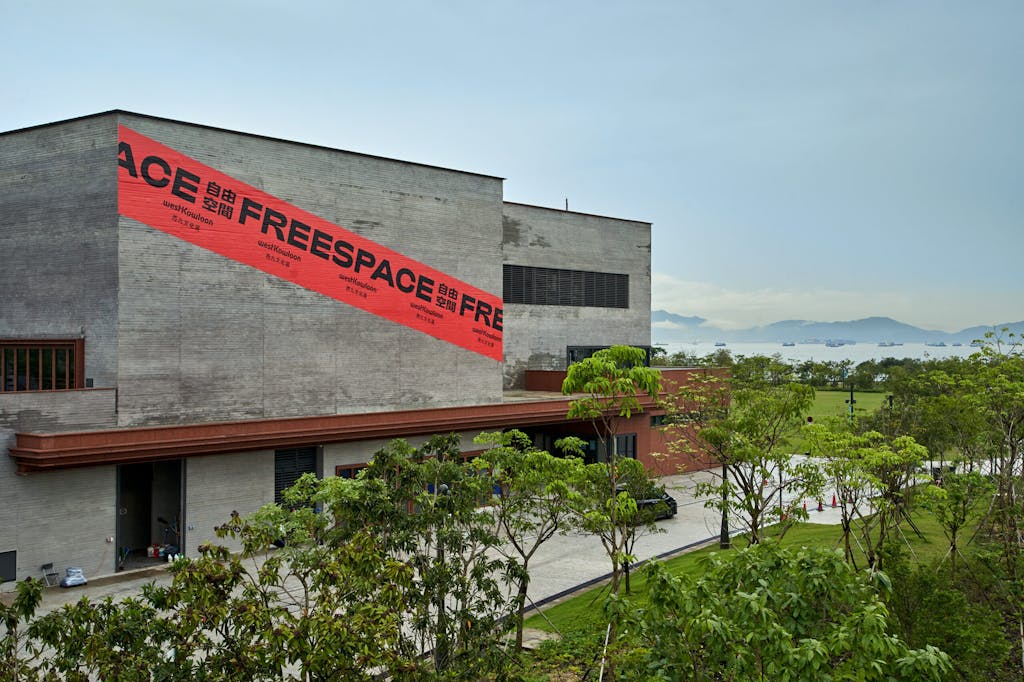
Authority
The dominant performance venue in West Kowloon is Freespace, a massive concrete cube that includes three theaters as well as an indoor/outdoor space called Lau Bak Livehouse, with weekend blues, jazz, and electronica concerts you can take in from a reserved table or seated on the lawn. Performances when I visited included a play called “Post Office in Hell” and a Hong Kong troupe performing a mash-up of traditional Chinese dance and martial arts.
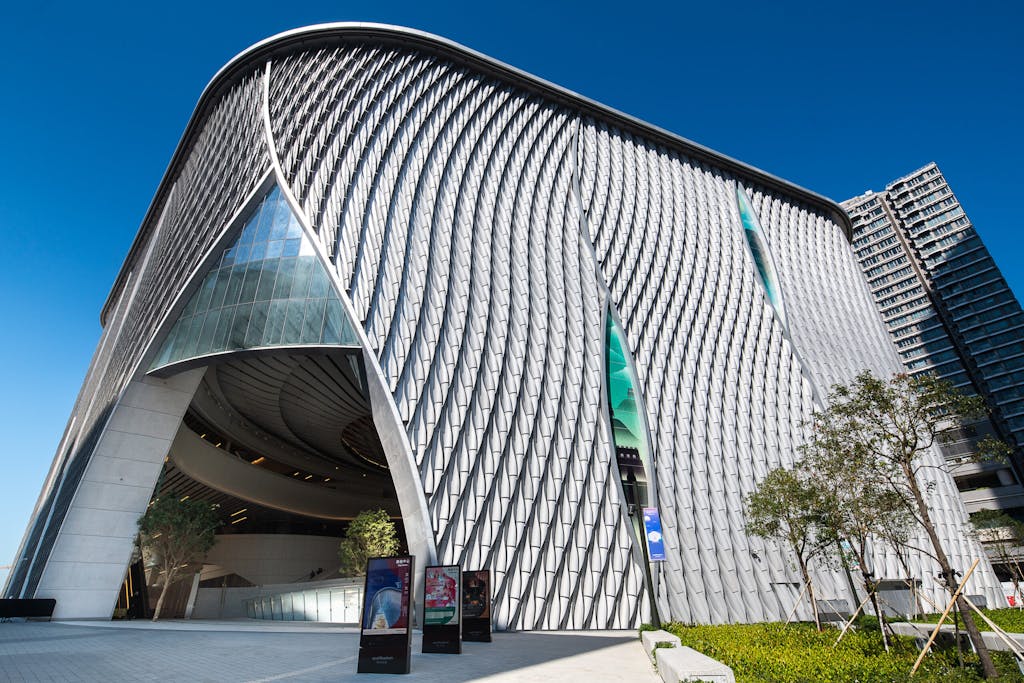
I felt driven to visit West Kowloon’s Xiqu Centre for Chinese Opera. I caught a performance of “Magic Tea House 2.0,” which emphasized the value of traditional arts such as Cantonese opera in a world of screens and AI. The contemporary interpretation of the piece addressed the symbolism present in Chinese opera, which is often lost on me. That and the English-language screen above the stage made the performance approachable for someone unfamiliar with the artform.
Other offerings at the Xiqu Center when I visited included the music of the giqu (an ancient Chinese zither) and a Beethoven quartet.
Eat, drink and be merry

Ultimately, West Kowloon’s largest performance space is its least obvious: its grounds. What looks like a beautiful stretch of parkland with footpaths, small hills, park benches and glorious views of Victoria Harbour is officially called Art Park. The space is meant to be used for cultural events, as diverse as outdoor concerts and temporary art installations, pop-up dance performances and holiday festivals. When I visited, West Kowloon was installing its annual WestK Christmas Fest even as stages from a music festival that had just wrapped up were being dismantled.
West Kowloon is peppered with restaurants and cafes so visitors can eat and drink while they enjoy the outdoor performances. I dug into a plate of dim sum at FAM, a contemporary Chinese restaurant that offers indoor seating, take-out and a special picnic menu.
The district is also home to coffee and tea shops, a French crêperie, and an Asian noodle bar. Food trucks served up burgers, bao buns and slushies. One food truck specialized in all things pineapple.
But if Art Park is considered a performance venue, it is decidedly a wide-open greenspace, and there’s something to be said for that in downtown Hong Kong. This is a city of 7.5 million residents and more than 29 million international visitors annually, a city that is home to more skyscrapers than any other in the world.
For many Hong Kongers, a broad swath of green alongside one of the world’s loveliest harbors provides reason enough to visit West Kowloon. I think most travelers would agree.
